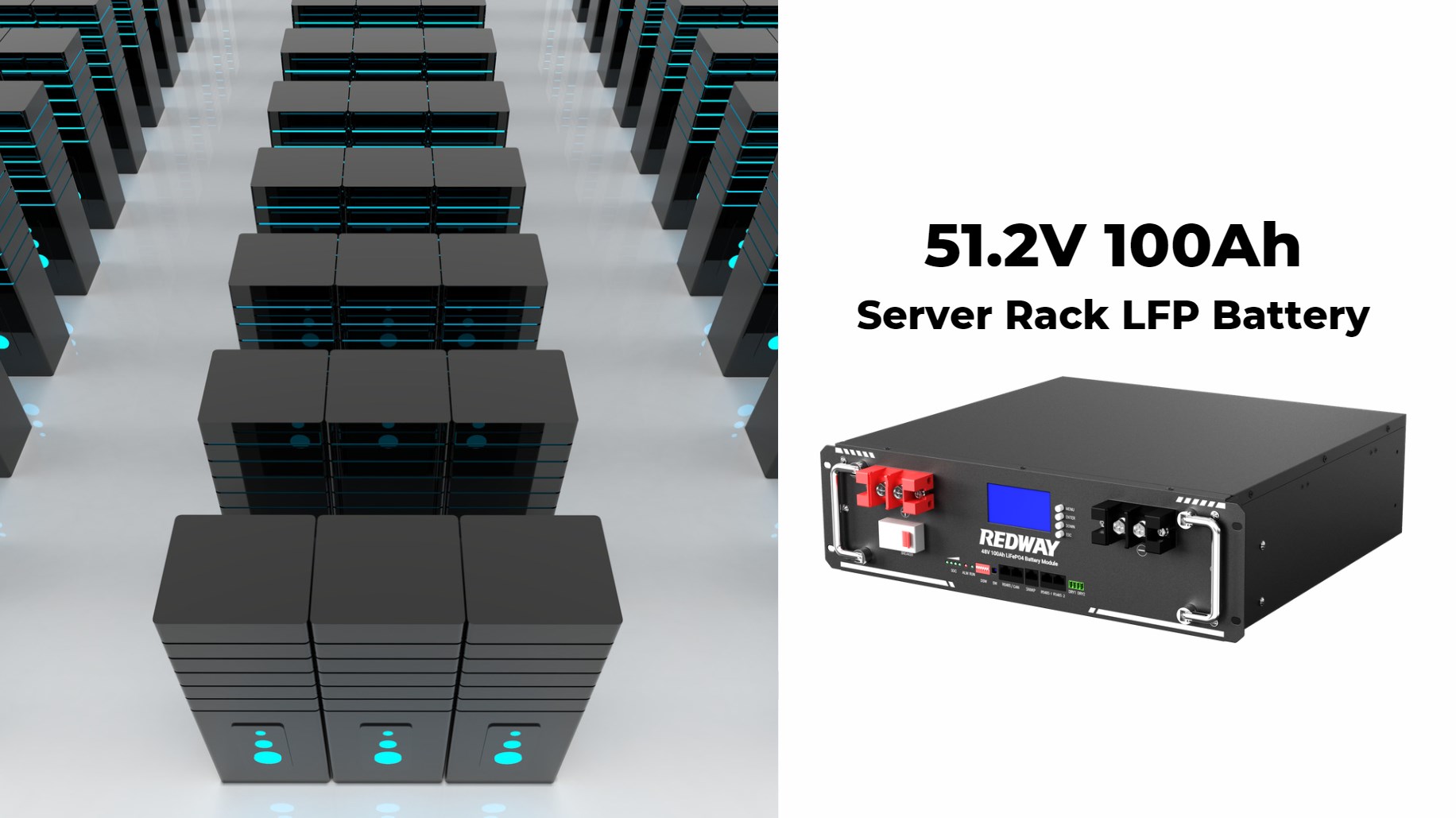In the evolving landscape of battery technology, Lithium Iron Phosphate (LFP) batteries have emerged as a robust and reliable choice for various applications. This article delves into whether it is feasible to charge LFP batteries to 100% daily, explores the factors influencing their longevity, and offers critical insights into maintaining server rack batteries for optimal performance.
While you can technically charge an LFP battery to 100% daily, it’s not recommended for maximizing lifespan. Regularly charging between 20% and 80% helps reduce stress on the cells and prolongs cycle life. Moderation in charging practices is essential for maintaining optimal performance over time.
Understanding LFP Batteries
Lithium Iron Phosphate (LFP) batteries are renowned for their stability, safety, and long cycle life. Unlike traditional lithium-ion batteries, LFP batteries utilize iron phosphate as the cathode material, which enhances their thermal stability and reduces the risk of thermal runaway. This stability makes them an ideal choice for applications where safety and reliability are paramount.
Advantages of LFP Batteries
- Safety: LFP batteries are less prone to overheating and catching fire compared to other lithium-ion technologies. Their robust chemical composition allows them to withstand higher temperatures and more rigorous conditions.
- Long Cycle Life: These batteries can handle numerous charge and discharge cycles without significant degradation, making them suitable for applications requiring frequent charging and discharging.
- Stable Performance: LFP batteries maintain consistent performance over a wide range of temperatures and conditions, ensuring reliable operation in diverse environments.
Daily Charging of LFP Batteries
Is It Safe to Charge LFP Batteries to 100% Daily?
Yes, LFP batteries are generally more tolerant of being charged to 100% regularly compared to other lithium-ion batteries. The stable chemistry of LFP batteries allows them to handle full charge cycles without experiencing the same level of wear and tear. This is attributed to their flat discharge curve, which minimizes the stress on the battery when it reaches full charge.
Impact on Battery Life
Charging an LFP battery to its full capacity on a daily basis does not significantly impact its longevity. LFP batteries are designed to handle such usage patterns effectively. However, it is crucial to consider that while LFP batteries are more forgiving, overcharging can still have implications over extended periods.
Depth of Discharge (DoD) and Battery Longevity
Importance of Depth of Discharge
The Depth of Discharge (DoD) is a critical factor influencing the lifespan of any battery, including LFP batteries. DoD refers to the extent to which a battery is discharged relative to its total capacity. For LFP batteries, maintaining the DoD within a moderate range can significantly enhance their longevity.
Optimal DoD Range
For optimal performance and extended battery life, it is advisable to keep the DoD between 50-80%. This practice minimizes the stress on the battery and helps in preserving its capacity over time. By avoiding deep discharges, you prevent excessive strain that could lead to quicker degradation of the battery.
Maintaining Server Rack Batteries
Critical Maintenance Practices
Server rack batteries, whether LFP or other types, require careful maintenance to ensure reliability and efficiency. Here are some essential practices:
- Regular Inspections: Conduct routine checks to monitor battery health, connections, and overall condition. Look for signs of wear, corrosion, or any abnormalities.
- Temperature Management: Maintain optimal temperature conditions. Excessive heat can accelerate battery degradation, while extremely cold temperatures can impact performance.
- Proper Ventilation: Ensure adequate ventilation around server racks to dissipate heat generated by the batteries. Good airflow contributes to maintaining the battery’s operational efficiency.
- Firmware Updates: Keep battery management system (BMS) firmware up-to-date to benefit from the latest features and optimizations that enhance battery performance and longevity.
- Avoid Overcharging: While LFP batteries tolerate full charges better than other types, it is still beneficial to avoid consistently charging to 100% if not necessary. Implementing charge management practices can further extend battery life.
Reducing Downtime and Optimizing Performance
- Load Balancing: Distribute the load evenly across multiple batteries or battery banks to prevent overburdening any single unit. This helps in maintaining balanced performance and extending the life of each battery.
- Implement Backup Systems: Incorporate redundancy into your server rack setup to mitigate the risk of downtime due to battery failures. Having backup systems in place ensures uninterrupted operation.
- Regular Calibration: Periodically calibrate the battery monitoring system to ensure accurate readings of battery health and performance. This helps in detecting potential issues early and taking corrective measures.
Conclusion
In summary, charging LFP batteries to 100% daily is generally safe and does not significantly impact their lifespan due to their inherent stability and tolerance for full charge cycles. However, it is crucial to manage the Depth of Discharge and adhere to best practices for maintaining server rack batteries to ensure their reliability and longevity. By following these guidelines and implementing proper maintenance practices, you can optimize performance, reduce downtime, and enhance the overall efficiency of your IT infrastructure.
For innovative and reliable battery solutions tailored to meet the high demands of modern server infrastructure, Redway Battery offers cutting-edge products and expertise. Trust us to provide the solutions you need for maintaining a robust and efficient server environment.




